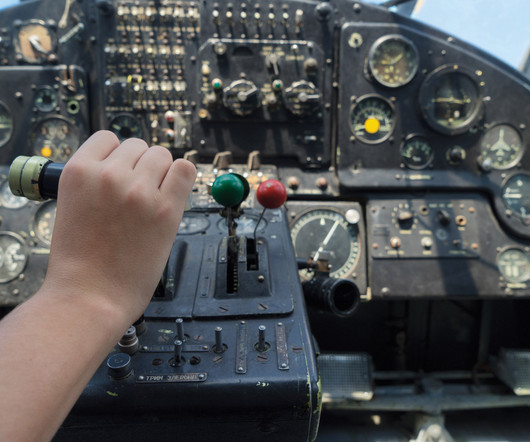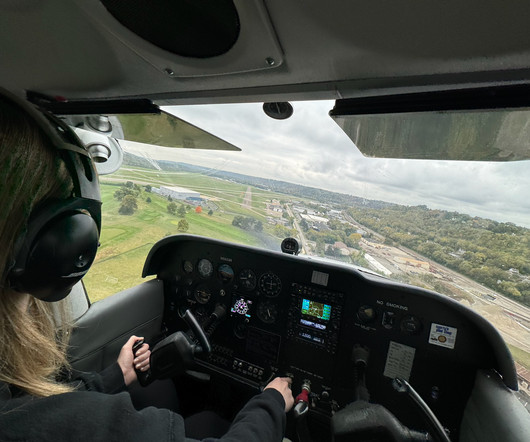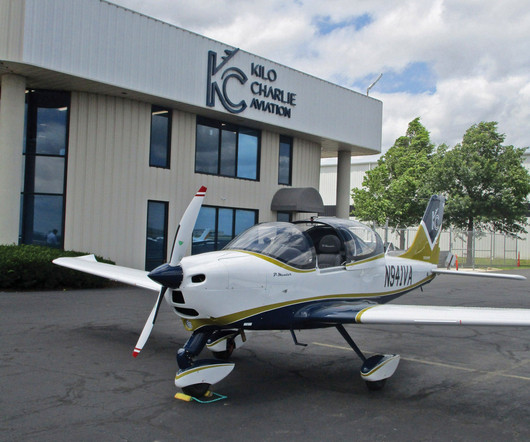Fueling Blunders Quite Common in Safety Reporting System
Flying Magazine
MAY 17, 2025
On final approach, the tower told him to go around. The result was an uneventful approach and landing. He then did a weight and balance check and found that he needed to reduce the weight to within maximum gross weight. His first approach failed because he was sandwiched between two military jets.












Let's personalize your content